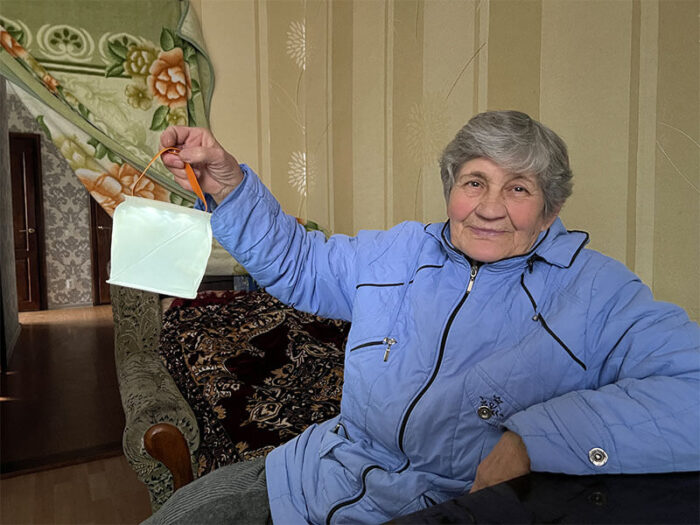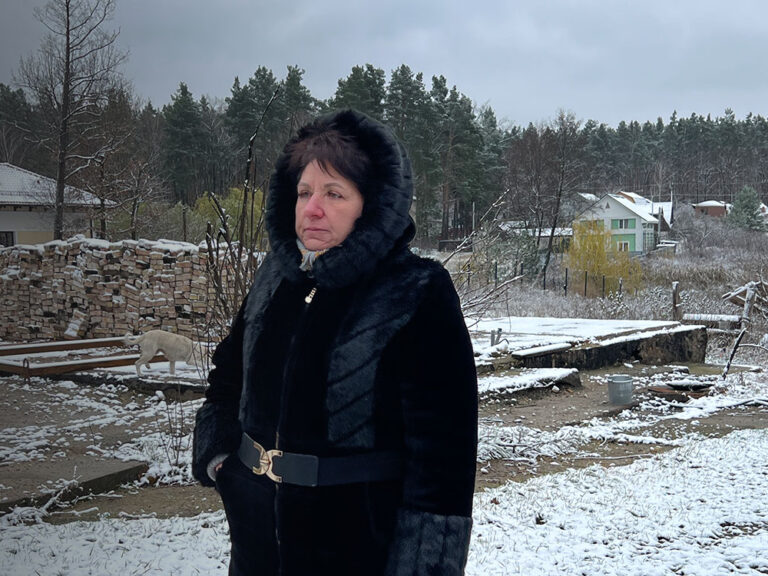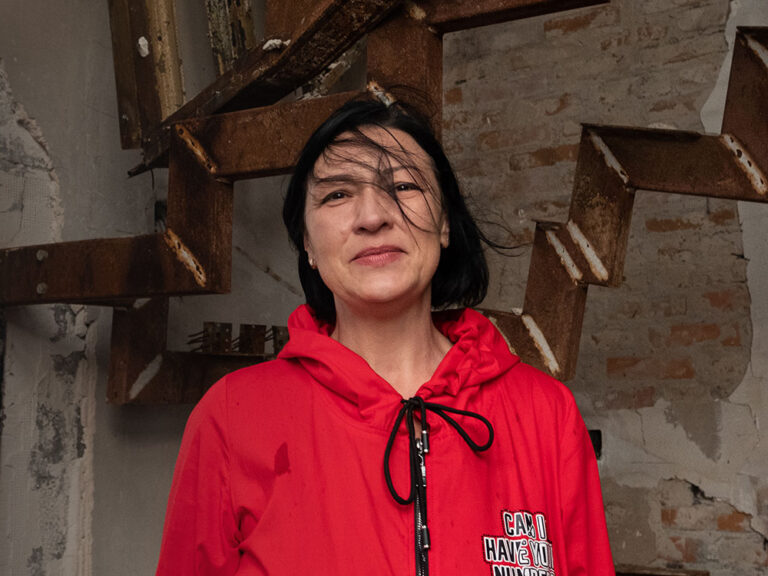
What happened in Ukraine?
On February 24, 2022, Russia launched a military operation in Ukraine.
The conflict forced more than 14 million people to leave their homes – that’s more than a quarter of Ukraine’s entire population. More than 1.4 million homes have been damaged or destroyed.
More than 5 million people were displaced within Ukraine. Some of these people have since returned home. However, over 60% of the people who returned home do not feel safe, and 3.6 million people are still displaced within Ukraine. An estimated 6 million are now living as refugees across Europe. Older people, people with disabilities and people with a lack of economic resources are the most affected.
This latest escalation in military action came after eight years of ongoing conflict in eastern Ukraine.
ShelterBox responded to the Ukraine crisis.
5 things you need to know about the Ukraine Crisis
1. The Ukraine conflict began in February 2014 when Crimea was annexed from Ukraine. Since then, tensions have risen steadily. The latest escalation in violence began on 24 February 2022.
2. Before the recent escalation in conflict, the UN estimated that 2.9 million people in Ukraine already needed humanitarian assistance. This number grew to 17.6 million people. Older people, people with disabilities and people with a lack of economic resources were the most affected.
3. According to the UN Refugee Agency, before the latest increase in violence, nearly 1.5 million people were internally displaced within Ukraine. Half were over the age of 60 – making it one of the ‘oldest’ crises in the world. This number now sits at around 3.6 million people internally displaced.
4. Since 2014, Ukraine has been the target of multiple cyber-attacks, some resulting in devastating power blackouts affecting thousands of people.
5. Winter temperatures fall as low as -15 °C in Ukraine, causing even more challenges for innocent people.
Your questions answered
There are several ways you can help people affected by the Ukraine crisis.
1. Read about what’s happening in Ukraine
2. Raise awareness on social media or by talking about the crisis with your friends and family
3. Stand with people fleeing their homes in Ukraine and beyond. Learn about some of the world’s hidden crises and share it with your network.
ShelterBox is no longer responding in Ukraine. We did not and are not accepting the donation of clothing or other items for people affected by the crisis in Ukraine.
All the life-saving tools and equipment we provided were sourced from trusted suppliers and went through rigorous testing to ensure that they could survive in the extreme environments.
We also ensured the aid we distributed was standardised. Doing so ensured that families received aid of the same quality and value.
There are also many import restrictions in place that govern what we can and can’t bring into a country.
Given the scale of the situation in and around Ukraine there are many people that wish to help. There is a real concern that donated items may strain the logistical journey of tried and tested aid items.
Ukraine is home to some of the richest soils in Europe. It is famous for its fields of wheat, barley, oats, corn and other grains.
In fact, Russia and Ukraine export about a quarter of the world’s wheat and half of its sunflower products.
The conflict has sent global food prices soaring. This is particularly concerning for some of the countries we’re working in, like Yemen and Syria who are already facing high levels of food insecurity.


How did ShelterBox help?
ShelterBox helped more than 130,000 people affected by the war in Ukraine. We supported people displaced within Ukraine, as well as refugees who crossed the border into Moldova.
People are living in damaged homes without heating or lighting. That’s why we provided thermal clothing, solar lights, water carriers and stoves with our partner, NNLPD.
We also worked with ReliefAid and Green Chernobyl to provide emergency shelter repair kits. These helped people fix damaged roofs, seal windows and doors, keep the heat in and make homes watertight.


